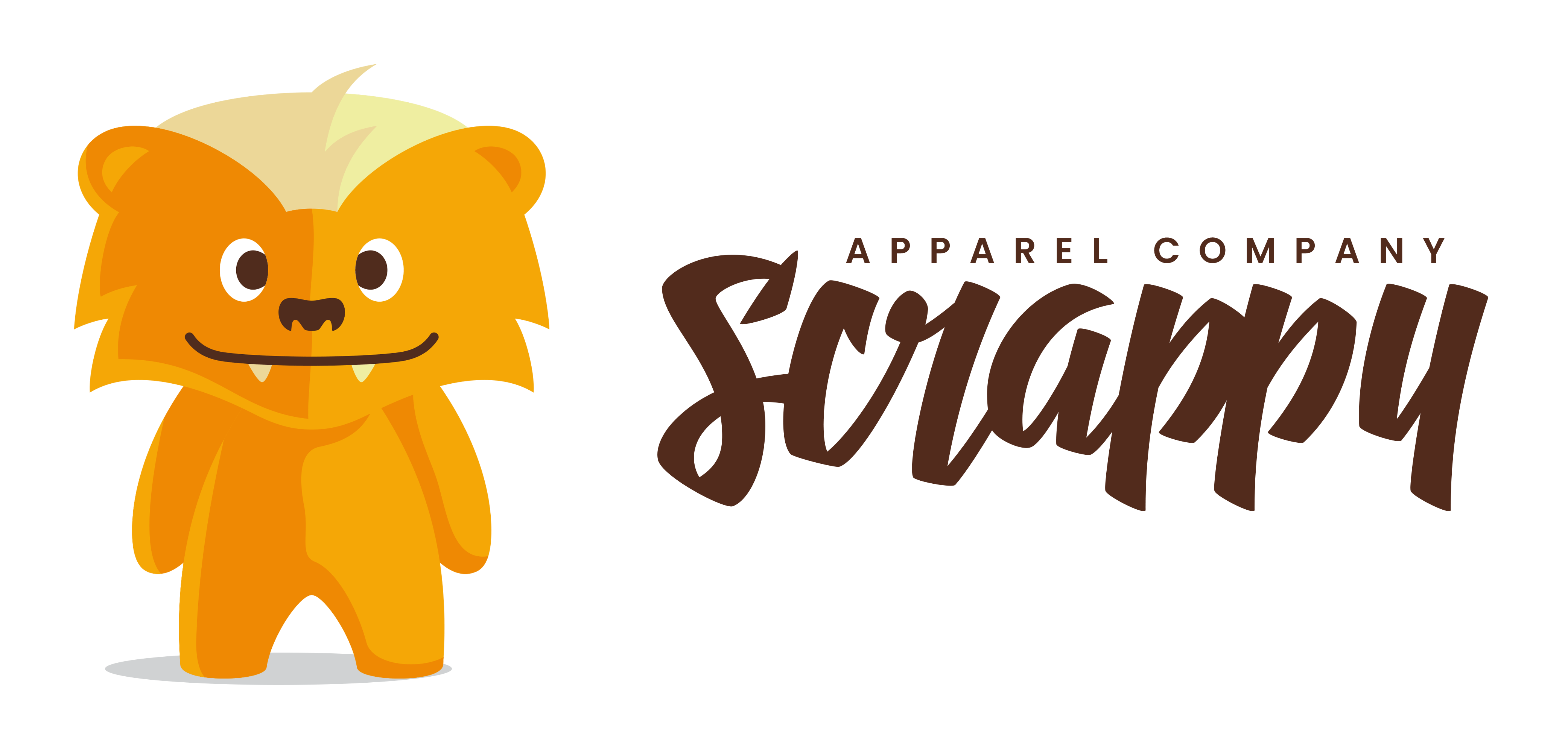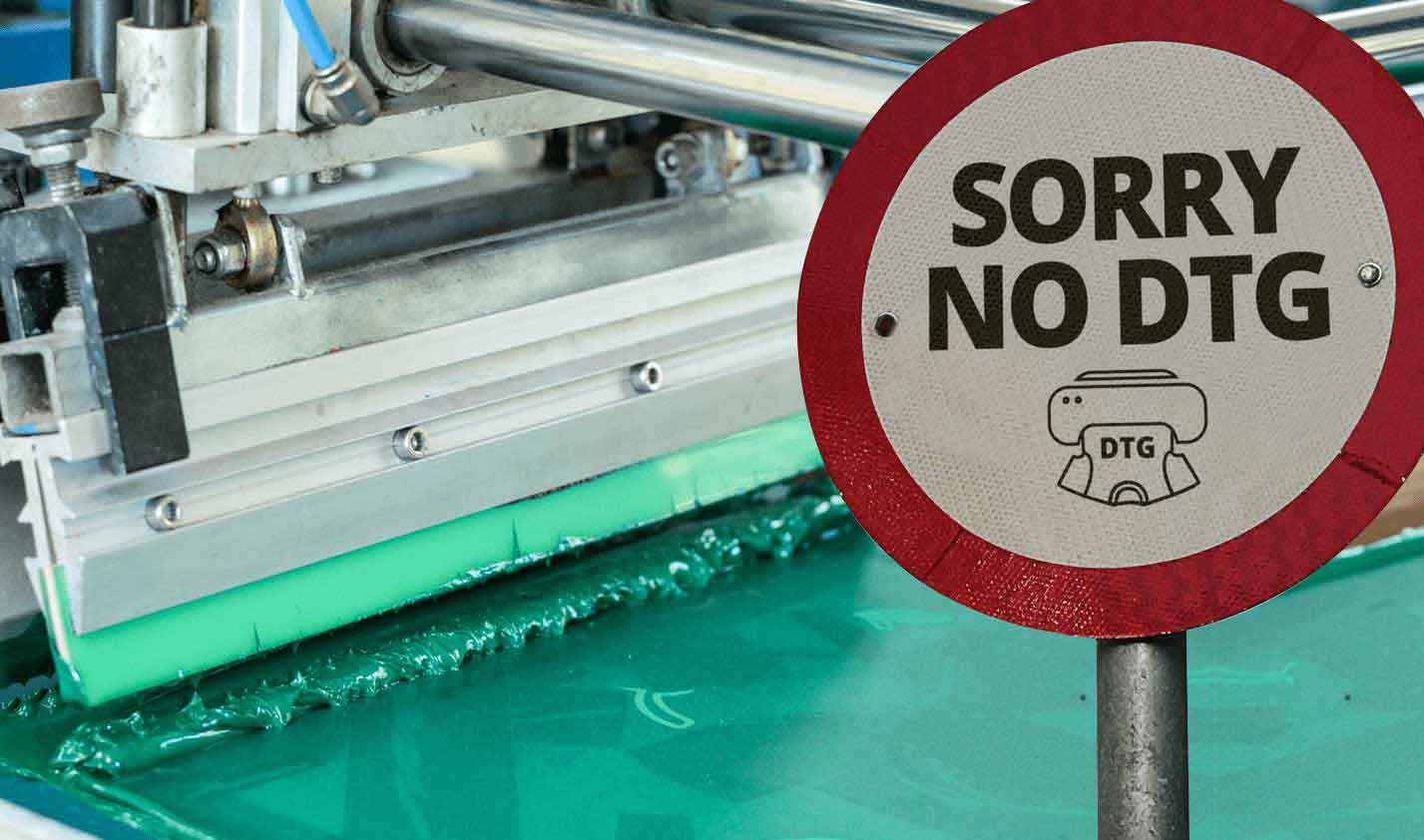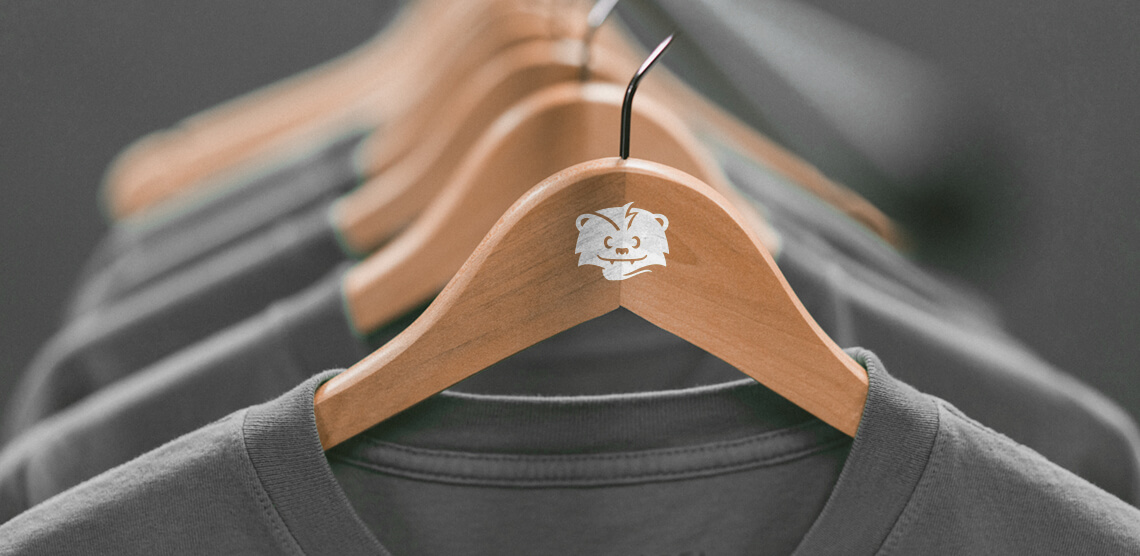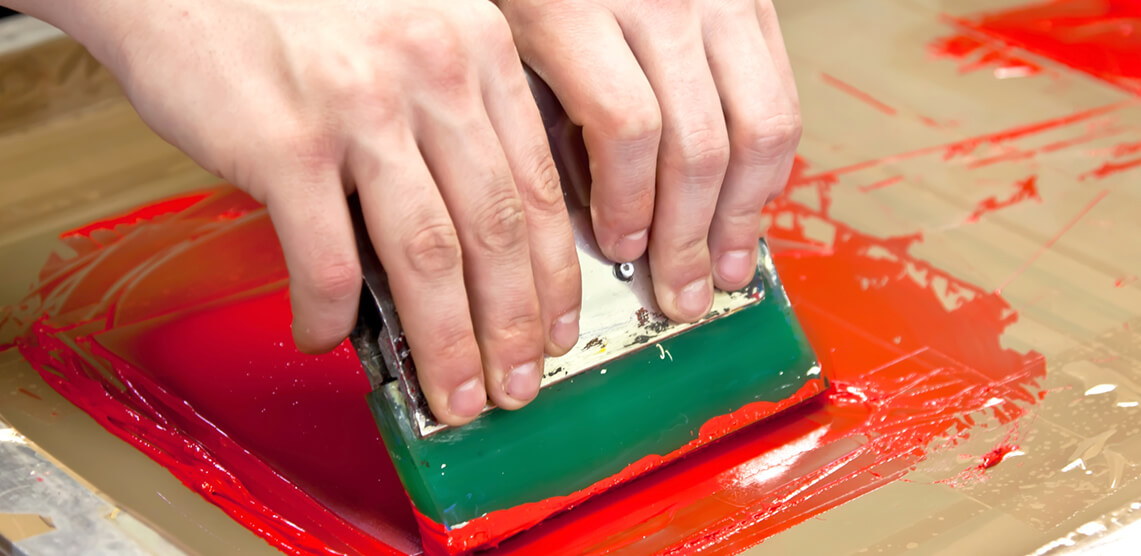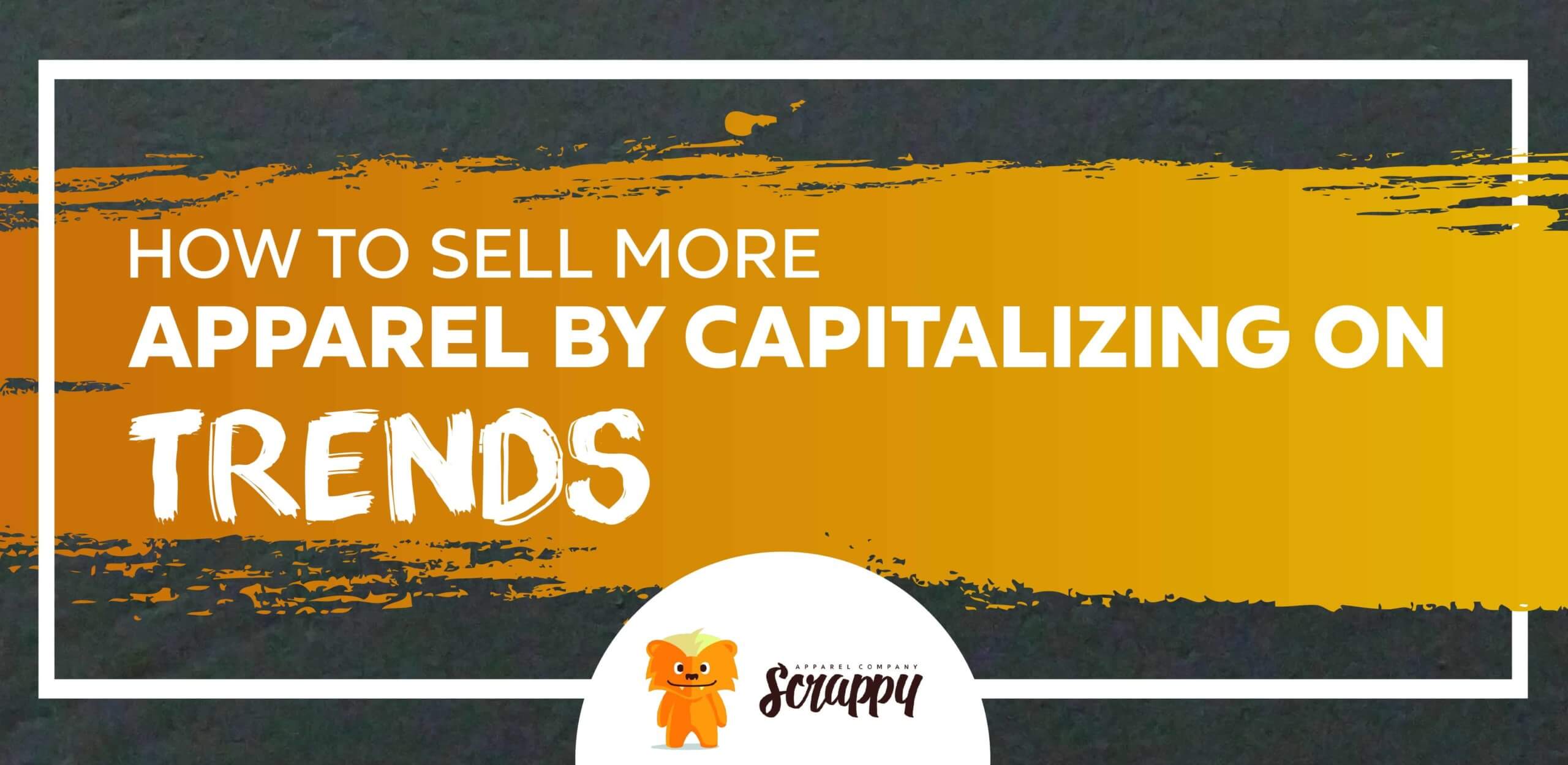
The U.S. eCommerce fashion industry has a projected market volume of approx. $305 billion by 2025, and you know what one of the driving factors of that growth is? Trends—which often develop from the influence of celebrities, bloggers, influencers, and social media. But this is good news for your business. You can learn how to sell more apparel by capitalizing on custom apparel trends.
Trends can bring in tons of business from people wanting to be… well, trendy.
Trends are fickle—they come and go. Since they don’t last for long, it’s important for businesses, marketing professionals, and even fashion designers to pay close attention to trends.
By understanding what’s trending, you can predict what might be popular in the future. You’ll become a clairvoyant for the apparel industry (which will give you a serious competitive advantage).
What is a Trend?
A trend is a pattern that is emerging in the market. It can be a new product, a change in consumer behavior, or even a new way of doing business. It can also simply be a meme, a sound, a celebrity, or even a dance.
If we’re honest, some trends are meaningful, and others are just a bit, uh, special (like everyone’s Shrek obsession and even that Andrew Tate guy).
How Can I Use Trends in My Apparel Business?
Custom apparel trends often follow other trends. As people become interested in one trend, they often start to look for similar things.
For example, if someone starts wearing a certain type of clothing because it’s in style, they may start to pay attention to other related trends.
By spotting and predicting trends, you can stock your inventory with graphics and designs that will fly off the shelves.
Fashion Trend Life Cycles
Just as people go through different stages in their lives, so do trends. To understand how a trend progresses, it’s important to know about a trend’s life cycle.
A trend’s life cycle consists of four main stages: birth, growth, maturity, and decline.
1. Birth:
This is the stage in which a trend is born. It’s the earliest stage of a trend’s life cycle, often characterized by low awareness and adoption. If you can identify these trends early on, so you can develop new garments to sell during the growth stage. (This is ideal!)
2. Growth:
A trend begins to gain traction in this stage. Awareness and adoption of the trend increase and spread. If you noticed the trend in the birth stage, you’ll get high traffic in this stage. If not, it is crucial to act quickly once a trend is in the growth stage to capitalize on it.
3. Maturity:
Now, the trend is widely accepted across consumer markets. It has reached its peak in this stage. You should have already purchased inventory for the trend at this point because your business will be booming in the maturity stage.
4. Decline:
This is the stage in which a trend starts to lose popularity. Awareness and adoption decrease, and the trend starts to fade away. Some trends eventually deteriorate so much that they never return, or we see trends come back decades later. (We’re going to talk all about that in next week’s email, so stay tuned!)
By understanding the stages of a trend’s life cycle, businesses can develop strategies for riding the wave of a trend and capitalizing on its popularity.
So, How Can You Identify Custom Apparel Trends?
We recommend keeping an eye on your competitors to see what they’re doing, using social media listening tools, and paying attention to what your customers are asking for.
Next, we’ll share a couple of tools and strategies you can use to identify trends online:
Google Trends
Google Trends is a public web facility based on Google Search that shows how often particular terms are searched relative to the total search volume across various regions of the world.
Google Trends also allows users to compare the relative popularity (based on data from Google) of multiple related topics over time.
For example, if you look up “custom apparel” on Google Trends, you can see any related topic or query associated with this term.
You can start to connect the dots to what people are looking for and how your brand can be the answer to their search.
Google Trends helps you gain insight into customer behavior and preferences. This is a great way to notice trends in their beginning stages.
Social Media Trends
Social media trends are important to businesses for a variety of reasons. First and foremost, they provide valuable insights into consumers’ interests.
This information can inform marketing and product development decisions, especially in the apparel business.
If you’re a savvy brand looking to stay ahead of the curve, then it’s important to know how to identify apparel trends on social media. Here are a few tips:
Pay Attention to Fashion Bloggers and Influencers
These people are always on the cutting edge of fashion. If you see them wearing something new, it could become a trend soon.
Keep an Eye on Celebrities
Celebrities are often trendsetters. If you see someone famous wearing a certain style of clothing, it may become popular.
Monitor Fashion-Related Hashtags
Hashtags are a great way to see what people are talking about. If you’re looking for new trends, pay attention to popular fashion hashtags on social media. On Instagram, you can follow specific hashtags so the top posts within that hashtag appear in your feed.
Custom Apparel Trends Come and Go, But Quality Never Goes Out of Style.
That’s why Scrappy Apparel is the best choice for your custom apparel project.
Whether you’re manufacturing apparel for your team or your clothing line, we will offer you luxury-level materials, high-grade inks, and a variety of cutting-edge garment patterns for you to choose from.
BTW, we’re not your average print shop. We’re a 100% online solution. You can complete the entire ordering process from home.
And if you opt for our private labeling and cut & sew manufacturing programs, you can take ownership of your custom apparel and make it truly custom.
Let us be your brand-building partners. We’re ready to get started when you are!
